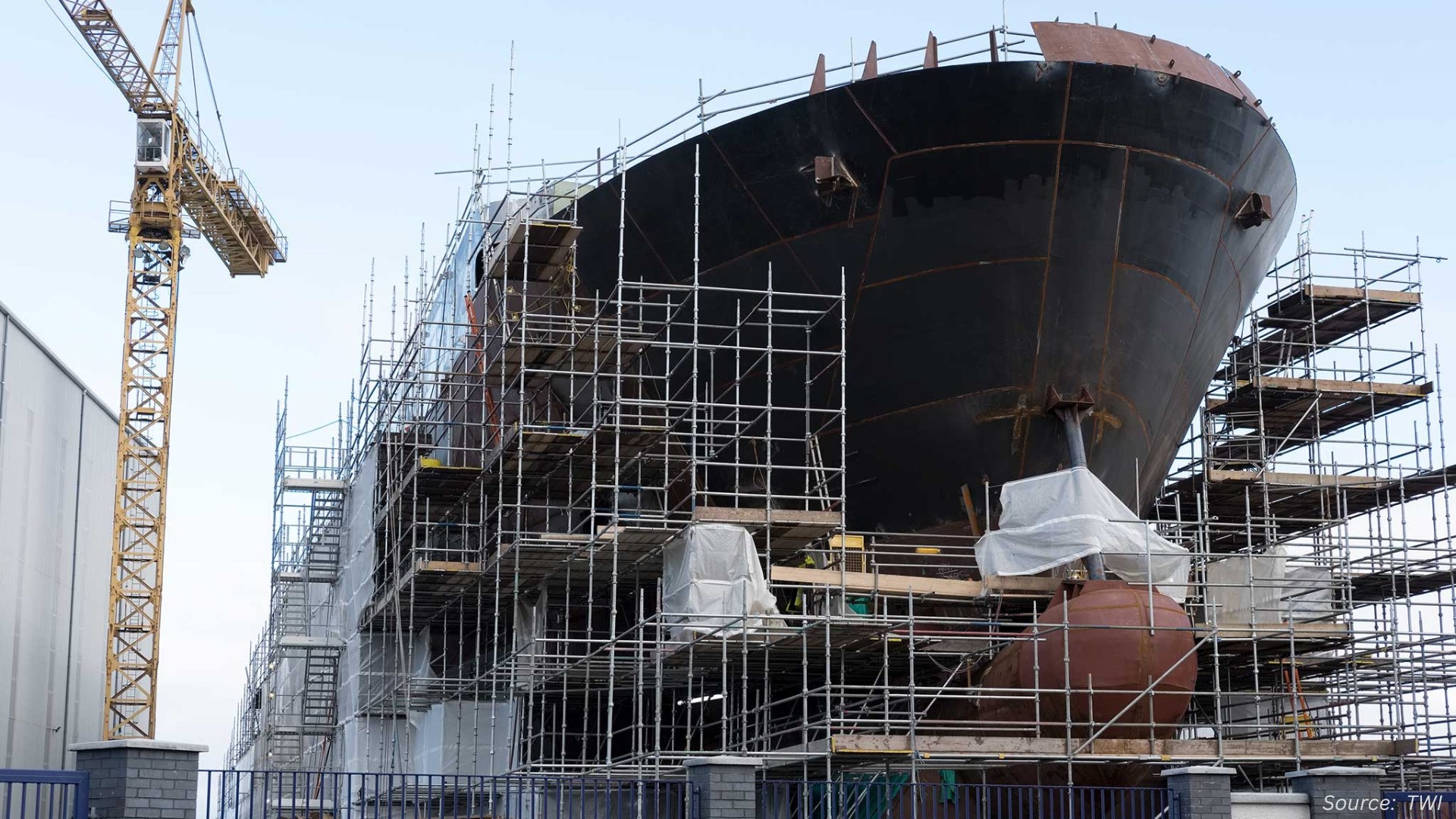Asia-Pacific Military Ethernet Switches Market is Expected to Reach USD 216.18 Million by 2030
Published: 2025-01-25
The increasing military investments drive the Asia-Pacific military ethernet switches market during the forecast period.
The Asia-Pacific Military Ethernet Switches Market size was valued at USD 99.36 million in 2023, and is predicted to reach USD 216.18 million by 2030, at a CAGR of 10.4% from 2024 to 2030, according to the new research by Next Move Strategy Consulting.
The Asia-Pacific region is experiencing significant growth in the military ethernet switches market, driven by substantial investments in military spending and strategic expansions in arms exports across various countries. Efforts to enhance military capabilities, modernize infrastructure, and increase defense exports are creating favourable conditions for the Asia-Pacific military ethernet switches market expansion.
These strategic financial allocations underscore commitments to national security and technological advancements, further stimulating the market growth. Additionally, the Asia-Pacific region emerges as a major manufacturer and exporter of arms. Coupled with considerable military spending, this trend fuels the demand for military ethernet switches.
Planned increases in defense budgets, substantial exports of weaponry, and efforts to bolster defense capabilities all contribute to the growing Asia-Pacific military ethernet switches market demand throughout the region. The evolving defense landscape and strategic investments in defense infrastructure present promising opportunities for market players in the region to innovate and broaden their offerings in the Asia-Pacific military ethernet switches market.
However, the market growth of military ethernet switches faces constraints due to the high costs associated with their development and deployment. These expenses limit budgets available for the procurement and modernization of communication infrastructure. Military ethernet switches require extensive research and development to meet stringent military standards for durability, security, and performance, resulting in elevated production expenses.
Additionally, the costs of rigorous testing, certification, and integration with existing systems further exacerbate the financial burden. Consequently, defense agencies and organizations often prioritize other critical needs over upgrading their communication networks, hindering the adoption and expansion of defense ethernet switches.
On the other hand, the increasing integration of advanced technologies such as Artificial Intelligence (AI), Machine Learning (ML), and the Internet of Things (IoT) in military applications presents future opportunities in the Asia-Pacific military ethernet switches market growth. With AI and ML driving advancements in autonomous systems, threat detection, and decision-making processes, the demand for high-speed, low-latency networking solutions becomes paramount.
IoT integration will broaden the scope by connecting a multitude of sensors and devices, necessitating advanced ethernet switches to handle the increased data load and ensure interoperability. These technological advancements collectively will enhance the demand for sophisticated military ethernet switches capable of supporting complex, data-intensive operations, enriching future growth opportunities.
Request for a Sample PDF on the Asia-Pacific Military Ethernet Switches Market
Several market players functioning in the Asia-Pacific military ethernet switches industry include Siemens AG, Cisco Systems, Inc., Microsemi, Curtiss-Wrights, Extreme Networks Inc, Amphenol Corporation, Moog Inc., Aeronix, Inc, Ontime Networks, Llc, Enercon Technologies (Techaya), and others.
Key Insights from the Asia-Pacific Military Ethernet Switches Market Report:
-
The information related to key drivers, restraints, and opportunities and their impact on the Asia-Pacific military ethernet switches market is provided in the report.
-
The value chain analysis in the market study provides a clear picture of the roles of each stakeholder.
-
The market share of the key players in the Asia-Pacific military ethernet switches industry is provided in the report along with their competitive analysis.
















Add Comment